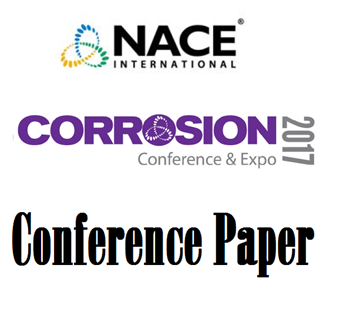Search
Predicting the Impact of Metallic Coating and Paint Degradation on the Corrosion of F-18 Airframes
Also Purchased
51313-02801-Innovative Approach for Predicting Galvanic Corrosion Effects on Airframe Systems
Product Number:
51313-02801-SG
ISBN:
02801 2013 CP
Publication Date:
2013
$20.00
Premature Failure of API 650 Oil Storage Tank Bottom Plates Due to Soil Side Corrosion
Product Number:
51317--9025-SG
ISBN:
9025 2017 CP
Publication Date:
2017
$20.00
02281 CO2 Corrosion in Wet Gas Pipelines at Elevated Temperature
Product Number:
51300-02281-SG
ISBN:
022812002 CP
$20.00




